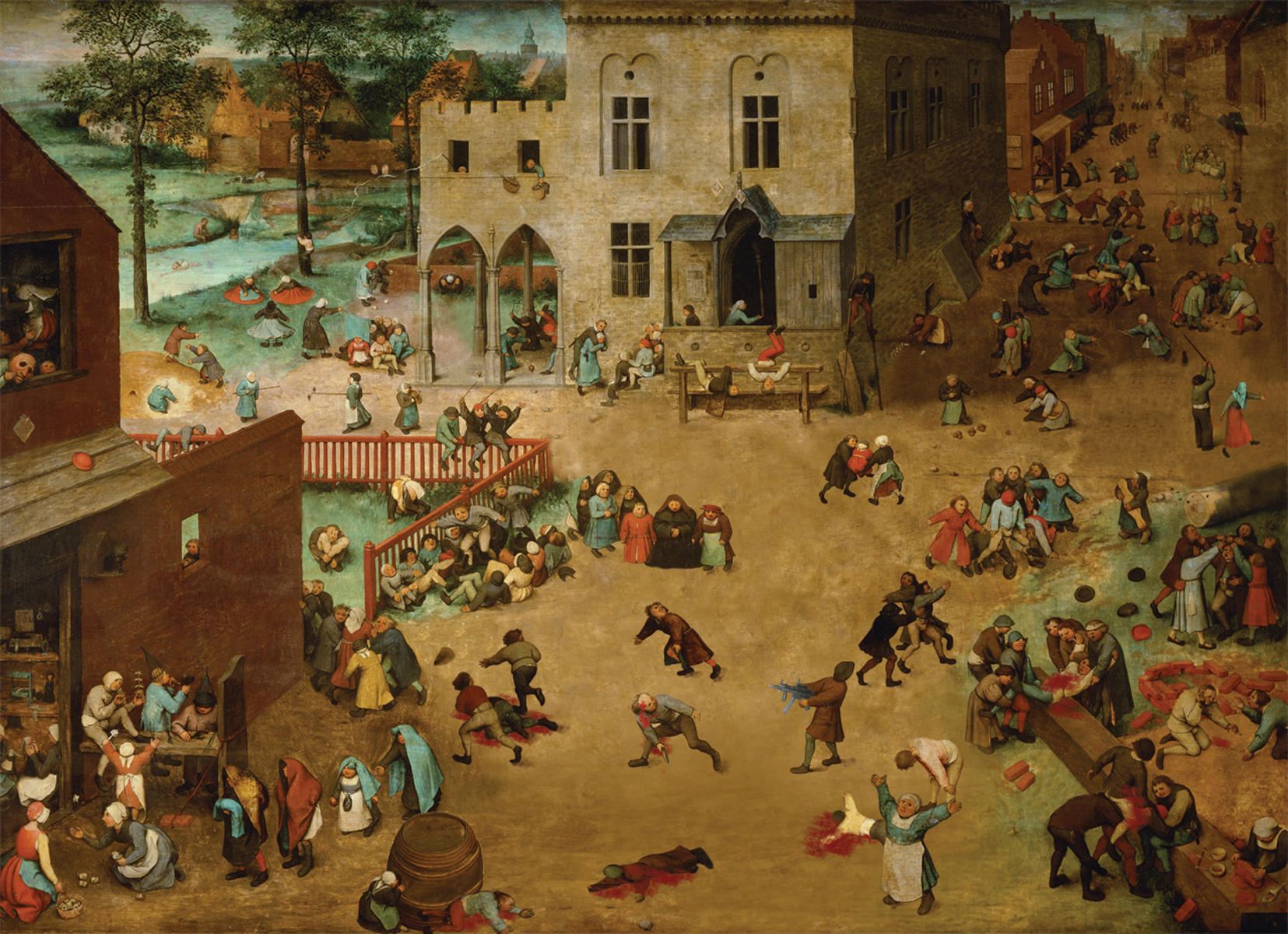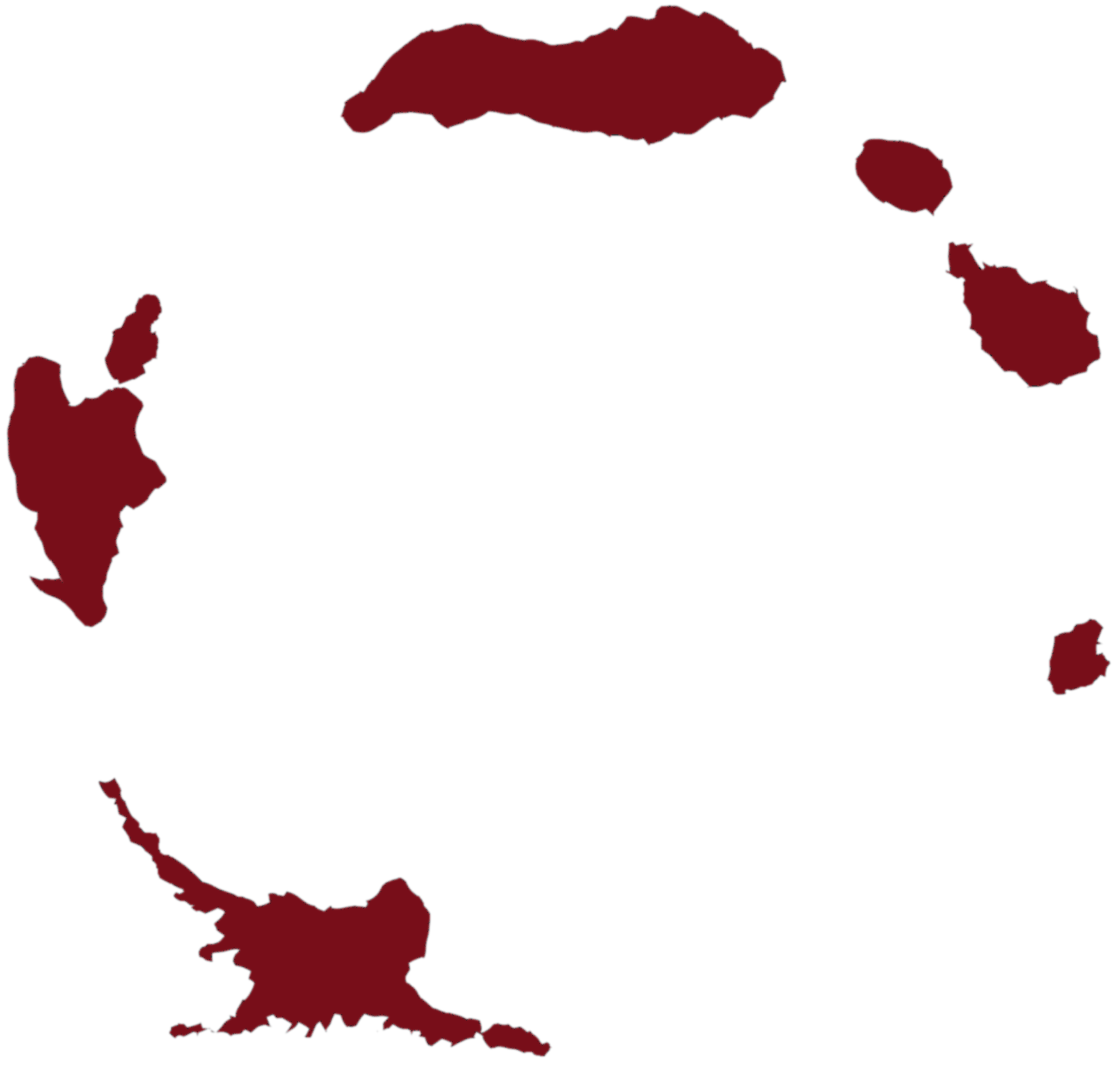Tech-noetic antiques
Hello World! (2008)
Interactive Video InstallationExhibited in Amber ‘08: Art and Technology Festival
BM Suma Contemporary Art Center, Istanbul.


This is an interactive video installation that takes place both in physical reality and the virtual reality of the virtual world of Second Life, simultaneously.
In the installation, the video of the Amber Festival’s audience is captured in real time and streamed to a parallel art installation in Second Life. In this virtual installation, the virtual audience of Second Life, i.e. avatars, spectate the “real” audience as their video image is displayed on the surface of a planet-like globe. The planet is inside a cage and is exhibited in a virtual exhibition environment. Avatar of the artist, i.e., the virtual co-artist of the installation named Taso Telling, designed the virtual part of the artwork and she remained present and open to be controlled by the real audience throughout the exhibition.
The theme of the annual and international festival was “interpassivity” that year. This work contributes to the theme such that the “real” festival audience meet their digital replica in an extended mixed reality, where it is “caged” and subject to being spectated by the virtual audience of Second Life.
Thus the audience, while sharing control of themselves / their digital representation to the virtual artist and spectators, the artist gives the control of her avatar to the audience.
It was a gift to host Paul Sermon, the pioneer artist and researcher in telematic art, at the opening of installation.
In the installation, the video of the Amber Festival’s audience is captured in real time and streamed to a parallel art installation in Second Life. In this virtual installation, the virtual audience of Second Life, i.e. avatars, spectate the “real” audience as their video image is displayed on the surface of a planet-like globe. The planet is inside a cage and is exhibited in a virtual exhibition environment. Avatar of the artist, i.e., the virtual co-artist of the installation named Taso Telling, designed the virtual part of the artwork and she remained present and open to be controlled by the real audience throughout the exhibition.
The theme of the annual and international festival was “interpassivity” that year. This work contributes to the theme such that the “real” festival audience meet their digital replica in an extended mixed reality, where it is “caged” and subject to being spectated by the virtual audience of Second Life.
Thus the audience, while sharing control of themselves / their digital representation to the virtual artist and spectators, the artist gives the control of her avatar to the audience.
It was a gift to host Paul Sermon, the pioneer artist and researcher in telematic art, at the opening of installation.

When consciousness comes into play (2007)
Interactive Video InstallationExhibited in Working Space, in Pera Museum, Istanbul.
In collab with Âli Yurtsever

Violence among children is a reality that makes us feel angry, sad, and disgusted; yet we remain comfortably detached and disconnected. Quantum physics, however, tells us that by observing a physical reality someplace, we actually create it there; reality is intimately connected to our consciousness.
Could then a “quantized version” of a famous Renaissance painting that represents a collection of carefree children games, reveal that the active creators of such realities we so deeply distaste are, indeed ourselves?
This is an interactive and two-channel video installation. In the first channel a digital copy Brueghel’s Children Games is back projected inside a picture frame. The image is deconstructed by replacing pixels step by step, by an image processing software implemented in C++.
The existence or non-existence of an audience in the designated frontal area is recognized by a sensory hardware and communicated to the software. If no one is present, the last projected image is immediately processed, with the position of each and every pixel being interchanged such that the picture gradually dissolves into a noise image.
In the second channel, synchronously, in a digital screen is displayed an unreadable paragraph of text of which letters are being replaced each moment, resulting in another kind of noise.
When a presence is sensed, the software projects a digitally modified version of Brueghel’s painting to the first channel. The modified version is such that Brueghel’s figures are shown not in the act of play but rather in the act of violence.
As for the screen, the paragraph of text freezes on the screen. The display is an excerpt from a newspaper article that is on an actual event of violence among children.
The existence or non-existence of an audience in the designated frontal area is recognized by a sensory hardware and communicated to the software. If no one is present, the last projected image is immediately processed, with the position of each and every pixel being interchanged such that the picture gradually dissolves into a noise image.
In the second channel, synchronously, in a digital screen is displayed an unreadable paragraph of text of which letters are being replaced each moment, resulting in another kind of noise.
When a presence is sensed, the software projects a digitally modified version of Brueghel’s painting to the first channel. The modified version is such that Brueghel’s figures are shown not in the act of play but rather in the act of violence.
As for the screen, the paragraph of text freezes on the screen. The display is an excerpt from a newspaper article that is on an actual event of violence among children.







Re-Pair (2007)
Multiple objectsexhibited in Working Space, in Pera Museum, Istanbul
& Open Space Workshop, in Kassel Kunsthochshule.
This work is an attempt to connect nature and technology. Inspired by Bill Viola’s and Robert Pirsig’s works, through the process of covering repairing tools with organic materials (like moss and tree barks), transforming their feeling of touch and smell, yet without disrupting their functionality, the work attempts to embrace these mechanical tools for their potential for a metaphorical “re-pairing” of nature and technology.
RGB (2006)
Algorithm art

Through these early works I explored the representation of previous artworks in cyberspace, in terms of bits and digital information.
In this work, similar to ASCII art, I implemented a simple Processing code which, taking a digital copy of El Lissitzky’s famous piece “Beat the Whites with the Red Wedge” (1919) as input, determines the colour of each pixel in RGB code, and reconstructs each pixel from their RGB code as such.
Other works in this category includes Mondrian generator softwares and so on.
In this work, similar to ASCII art, I implemented a simple Processing code which, taking a digital copy of El Lissitzky’s famous piece “Beat the Whites with the Red Wedge” (1919) as input, determines the colour of each pixel in RGB code, and reconstructs each pixel from their RGB code as such.
Other works in this category includes Mondrian generator softwares and so on.

